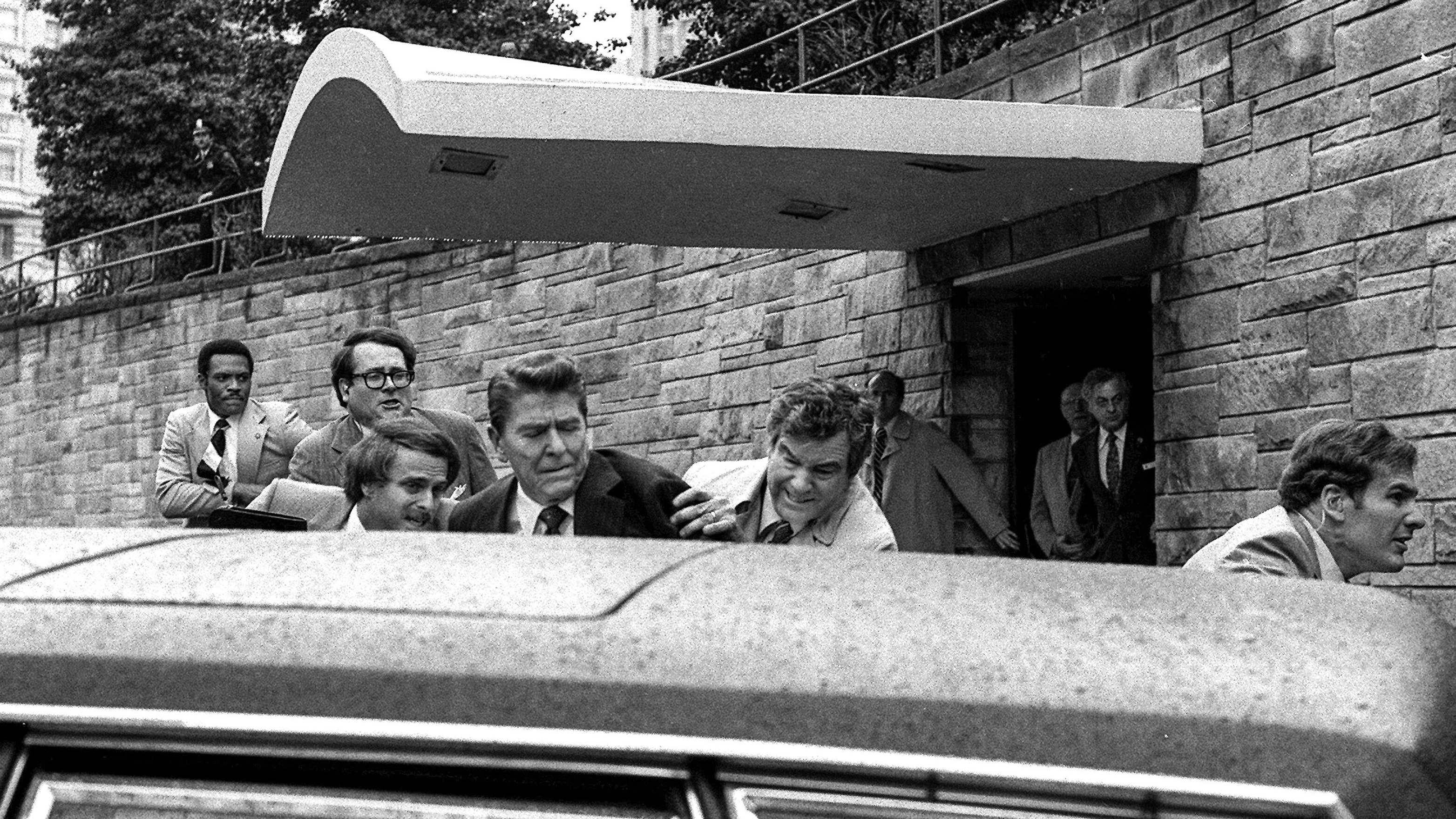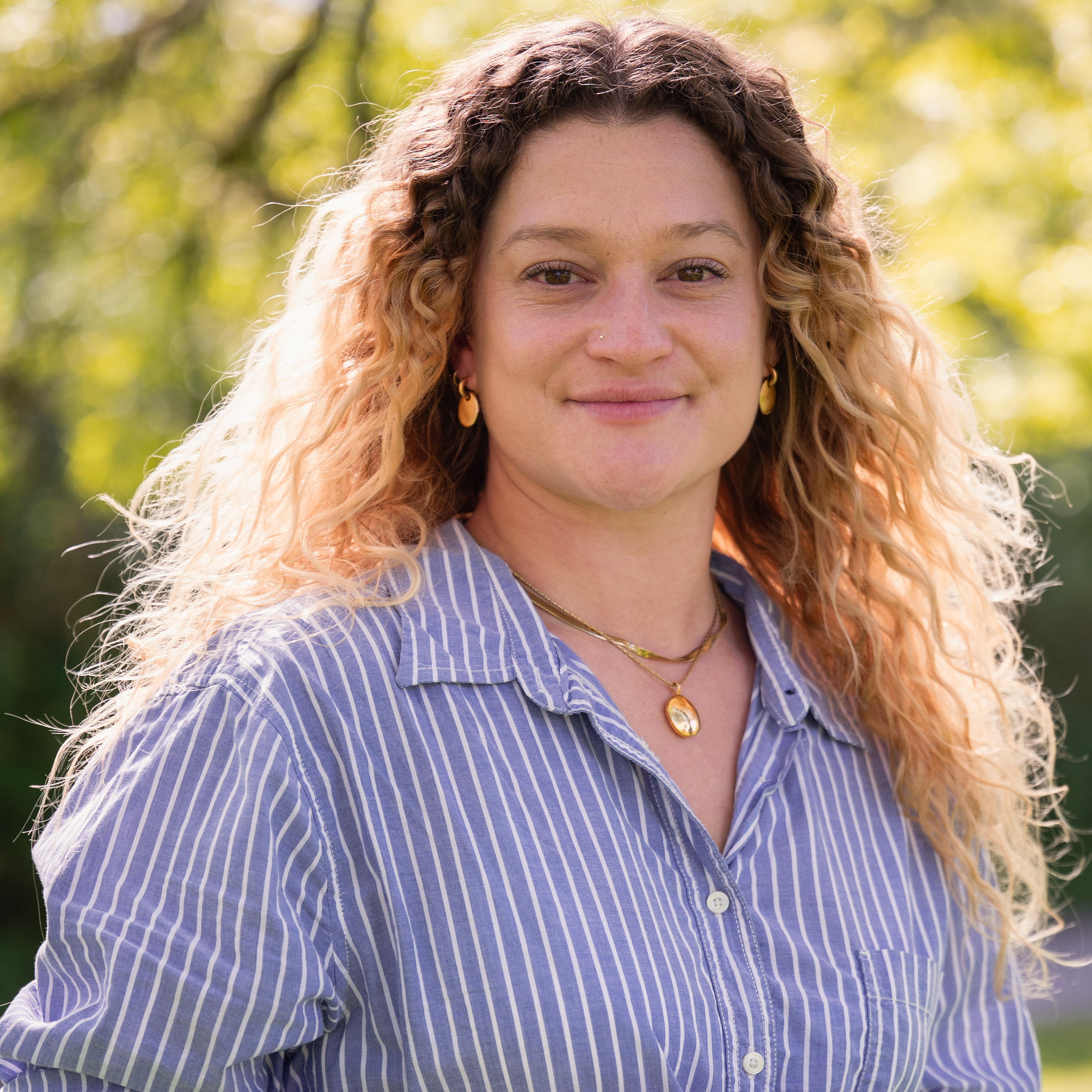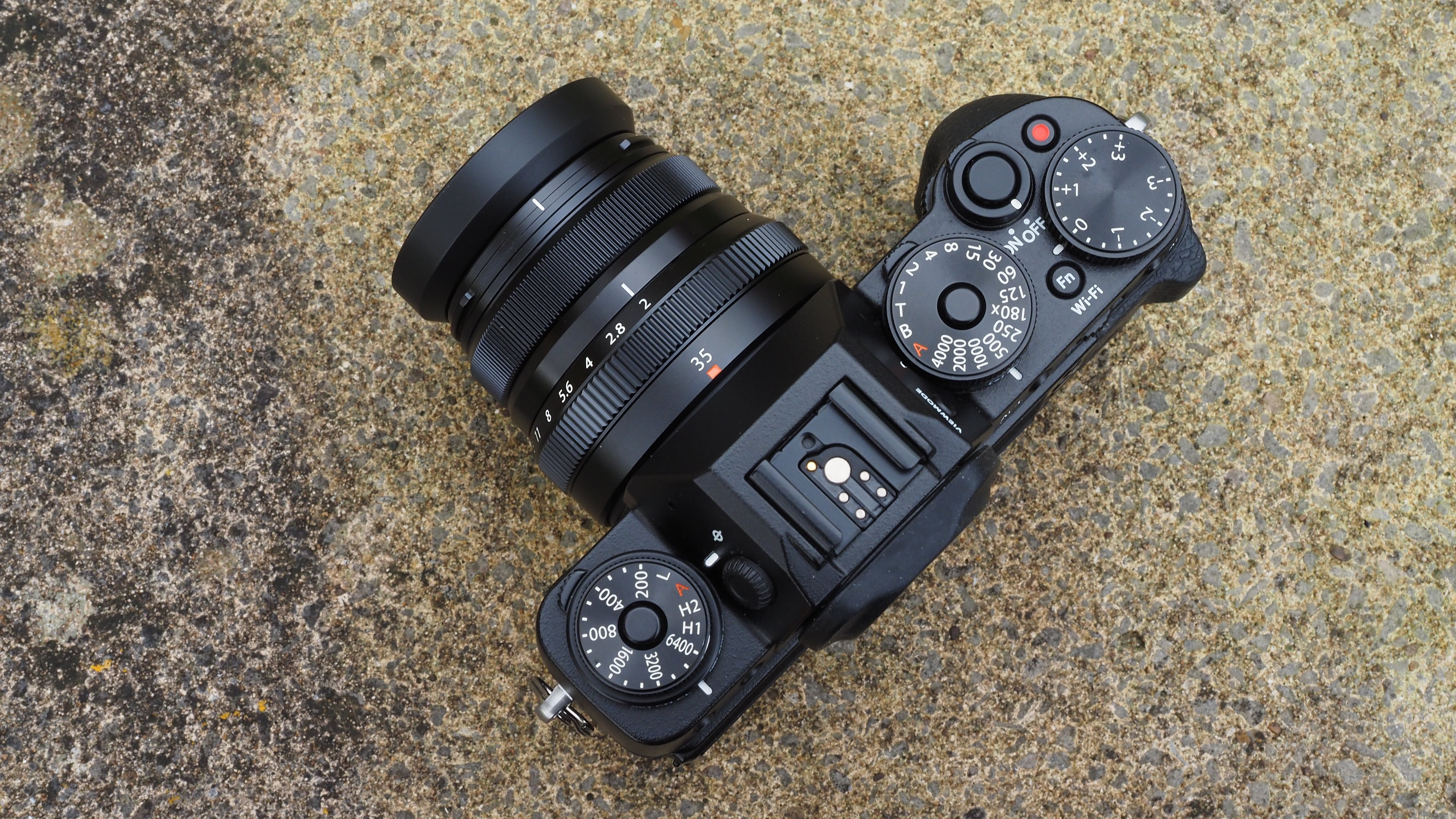Remembering Pulitzer prize-winning photographer Ron Edmonds for his quick reactions the day Ronald Reagan got shot
Ron Edmond's has died aged 77. He was the Associated Press White House photographer for 28 years

White House photographer and Pulitzer Prize winner Rod Edwards has died aged 77. He is best known for his photographs of the attempted assassination of Ronald Reagan in 1981.
Born June 16, 1946, Ron Edmonds decided to take a photography class in 1968 which would quickly come to change his life.
Known for capturing an incredible presidential piece of history while following President Ronald Reagan, he was also an early pioneer of digital cameras, using a Nikon QV-1000C, their first filmless camera, to capture and transmit the world's first images of President George H. W. Bush’s inauguration in 1989.
His career began after he was encouraged to photograph anti-war demonstrations in Sacramento, California, selling one of his images for $25 to United Press International (UPI).
“I saw it in the newspaper the next day, and I knew what I wanted to do for a living,” said Edmonds in 2013 while being given a Lifetime Achievement Award by the White House News Photographers Association.
After freelancing in California, some time at the Honolulu Star-Bulletin, including a promotion to chief photographer, Edmonds then worked for the UPI, before moving to the Associated Press (AP) in 1980.
Video: Ron Edmonds retells the story of the Reagan assassination attempt on its 30th anniversary
The best camera deals, reviews, product advice, and unmissable photography news, direct to your inbox!
He was hired as the APs White House Photographer, covering Ronald Reagan’s presidential campaign.
On only his second day in the role, Edmonds took a series of photographs of an historic moment that would earn him a Pulitzer: the attempted assassination of Ronald Reagan.
“The most important element of my job was to watch the president at all times, and I think, on that day, I did everything I was supposed to do,” Edmonds wrote.
President Reagan had just been speaking to the American Federation of Labor and Congress of Industrial Organizations at a Hilton Hotel near the White House. As he exited the hotel, John Hinkley Jr fired a revolver at the President, hitting him in the left underarm, breaking a rib and puncturing a lung, almost killing him.
With his camera already trained on the President, Edmonds was in place for an incredible series of images.
“Everything happened in such a quick, split-second. If you looked to your right to see what the shot, what the noise was, and looked back, the president was already gone. The president immediately, when the first pop went off, he kind of grimaced in his face and that’s when I pushed the shutter down,’’ Edmonds recalled.
The incredible images won him the Pulitzer Prize for spot news photography.
“I wish it had been for a picture that had not been of violence, of people being hurt,” he said when the award was announced on April 12, 1982.
Edmonds retired in 2009, when he was the AP’s senior White House photographer. He had covered presidents and the world, Super Bowls and the Olympics.
J. David Ake, retired director of photography at the AP, remembers Edmonds’ kindness:
“He wanted to win and put the AP first more than anyone I knew, but never at the expense of the photographers he was competing with. If your batteries died or you committed the ultimate sin and ran out of film, Ron would hand you his,” Ake said. “He would insist he be the first one through the door at a photo op but he always made sure everyone else got through the door, too.”
If you want to follow in Edmond's footsteps and try your hand at photojournalism, check out the best cameras for beginners, as well as the best cameras for professionals.

After graduating from Cardiff University with an Master's Degree in Journalism, Media and Communications Leonie developed a love of photography after taking a year out to travel around the world.
While visiting countries such as Mongolia, Kazakhstan, Bangladesh and Ukraine with her trusty Nikon, Leonie learned how to capture the beauty of these inspiring places, and her photography has accompanied her various freelance travel features.
As well as travel photography Leonie also has a passion for wildlife photography both in the UK and abroad.
